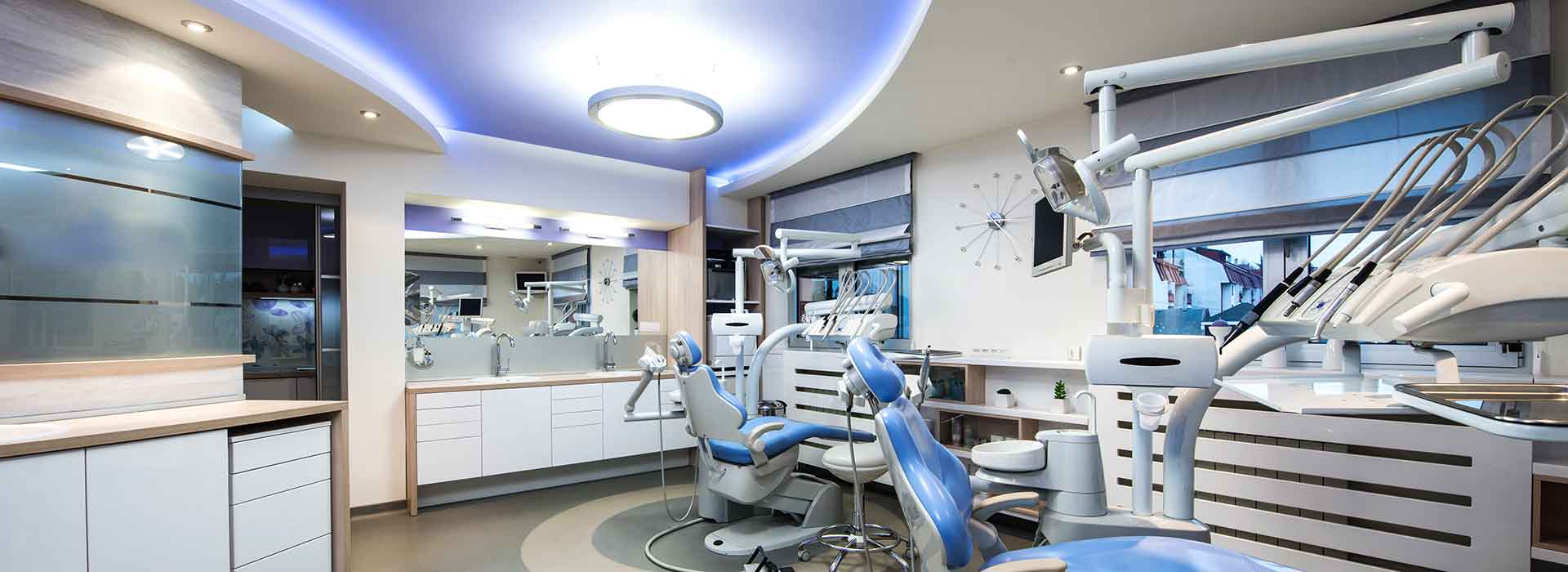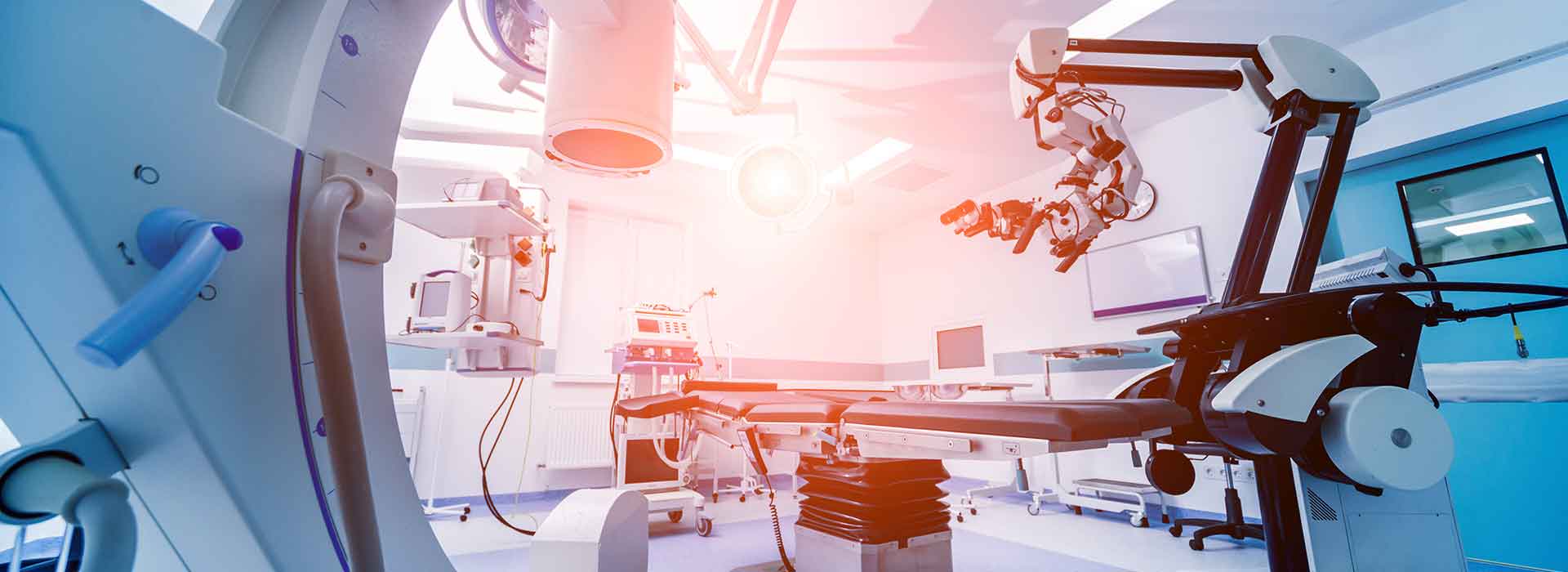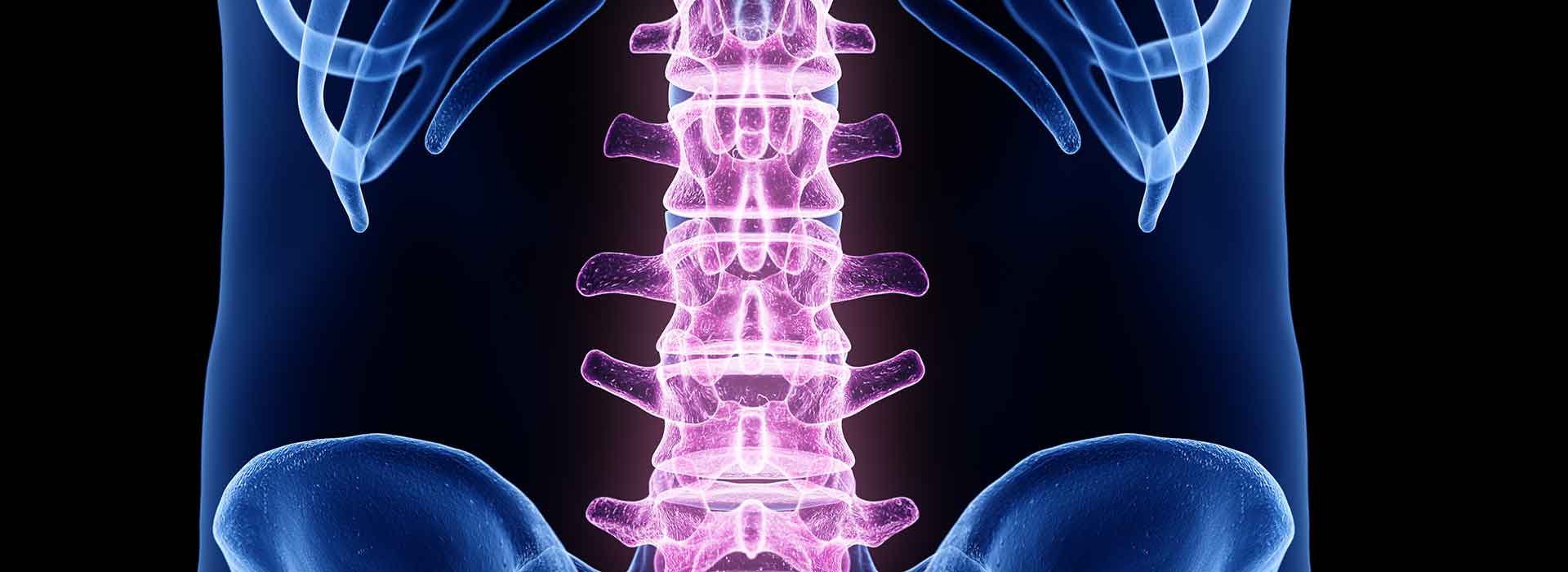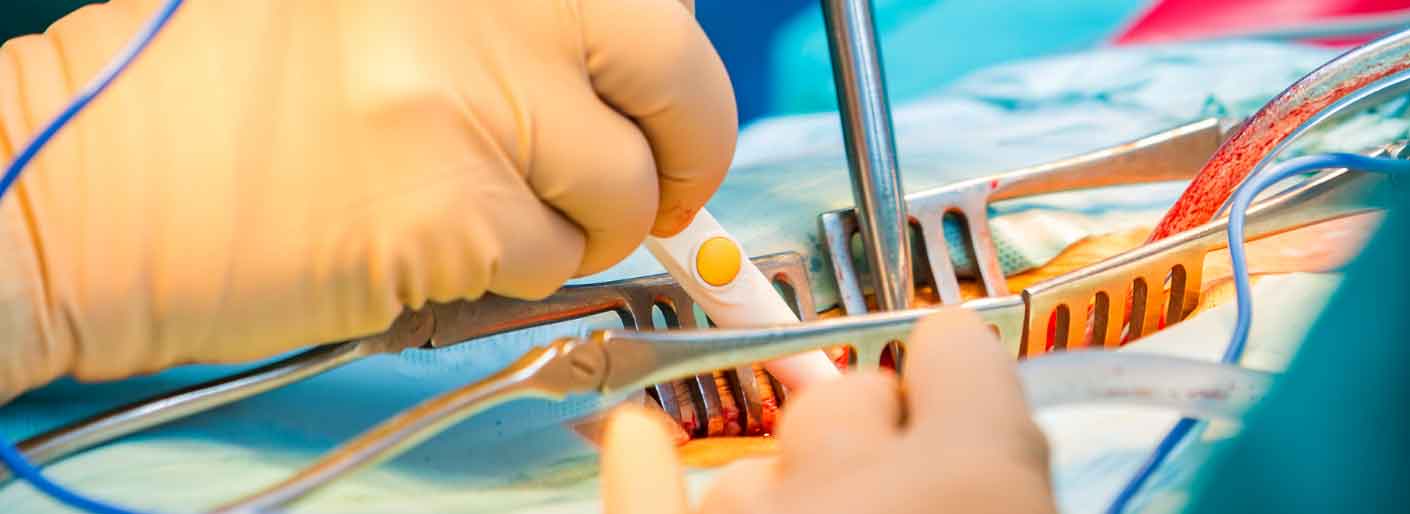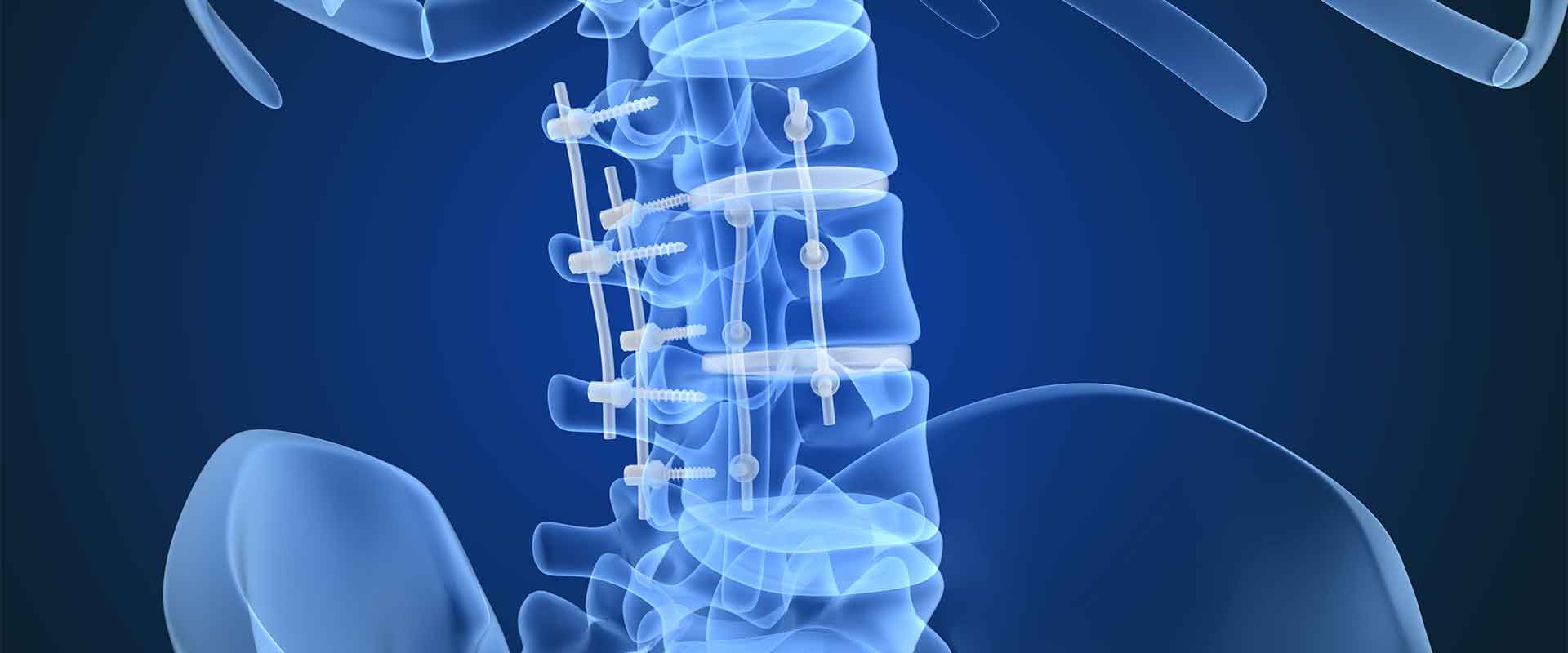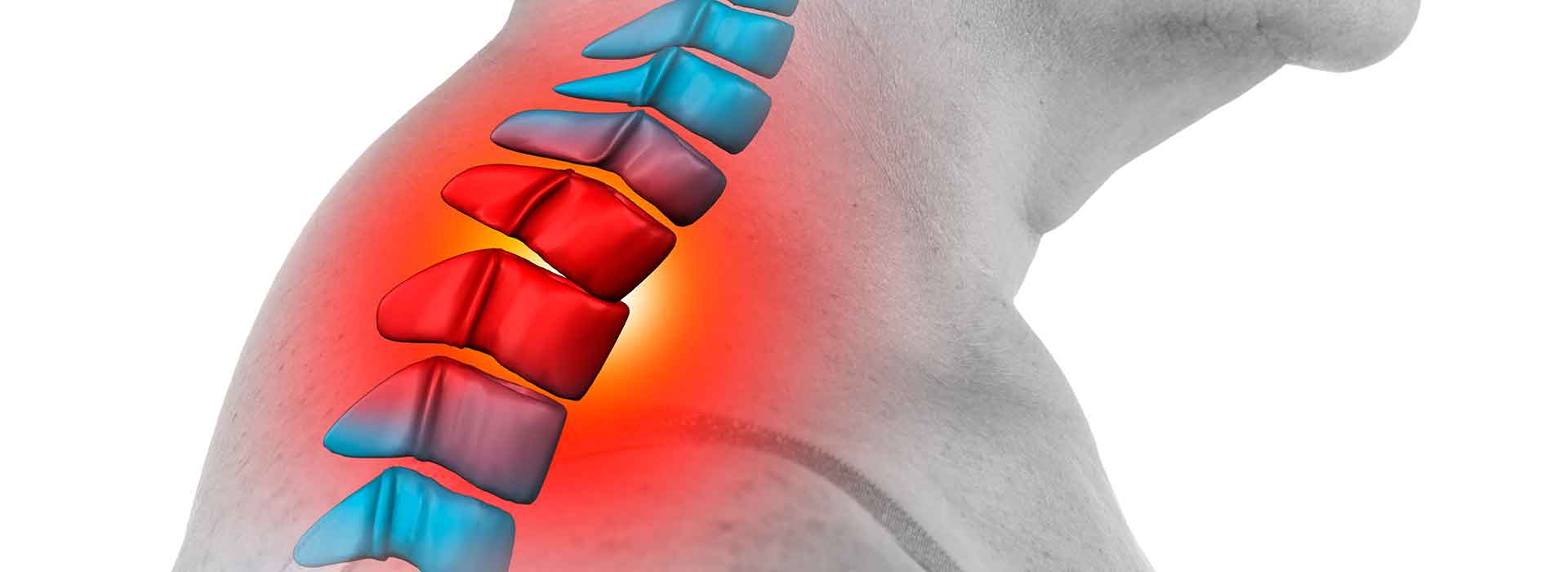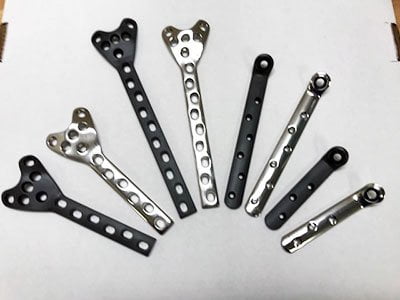Medical researchers have studied the biomedical applications of polymers for decades. They have dedicated much of that research to high-performance polymers like PEEK, as its biocompatibility is ideal for a variety of in vivo procedures. This includes advanced applications like spinal fusion and heart valve replacement procedures, so PEEK is already trusted in many fields of medicine. Its favorable material properties ensure PEEK will be the subject of continued research and the biomaterial of choice for more medical procedures.
A Proven Spinal Implant
PEEK initially gained traction in medicine as a spinal implant, particularly in spinal fusion procedures. It has been used in patients suffering from degenerative disc disease, degenerative scoliosis, lumbar spinal stenosis and degenerative spondylolisthesis, among other conditions. In these patients, a PEEK intervertebral cage or spacer stabilizes the spine and provides a foundation for future bone growth.
PEEK has been utilized in this capacity for more than 20 years and is now considered a frontline choice for many spinal fusion procedures. PEEK is ideal because it provides a bone-like flexural modulus, modifiable radiopacity and excellent workability. Its workability is especially important for spinal fusion procedures, as it can be fabricated to fit the patient’s anatomy, improving patient outcomes.
Trauma Fixation and Orthopedic Applications
PEEK’s modulus and flexible radiopacity are also useful for trauma fixation and orthopedic procedures. The polymer is now found in a variety of trauma fixation components, including bone plates, cannulated screws, hip screws, pins and intramedullary nails. It is particularly well-adapted for stabilizing fractures and ensuring they heal properly, as it offers a bone-like modulus. This means a PEEK bone plate will have micro-motion, flexing and bearing weight like cortical bone – a major advantage in preserving the strength and density of existing bone.
High-performance polymers like PEEK also make sense for orthopedic procedures. This is an ongoing area of focus for researchers, as artificial joint replacements have had issues with wear and debris accumulation, often leading to nearby tissue death. PEEK’s wear resistance and low friction prevents this from occurring in PEEK orthopedic implants, giving it a considerable advantage over metal and UHMWPE devices. PEEK’s superb resiliency and fatigue strength point to an even greater future in orthopedics.
Cardiovascular Applications
PEEK is quickly becoming a focus of cardiovascular research as well. It is well-suited to the vascular environment, where it is adapted for use as catheter tubing or to deliver a vascular device. This includes devices like stents and artificial valves, which are both common in cardiovascular procedures. PEEK is also found in ablation catheters and in pacemakers, where its electrical isolation properties prevent accidental shock and injury.
Dental Applications
PEEK is used in a variety of partial dentures, bridges, healing caps, attachments and other support structures. It has long been a good fit for dentistry, especially as an alternative to metal components. Metal dental appliances don’t provide the comfort and aesthetics that patients look for, but PEEK does, along with excellent wear and fatigue resistance. PEEK dental devices can also be customized to fit a particular patient’s bite, which is not always easy to do with metal.
A Versatile, Durable Biomaterial
PEEK isn’t the only polymer used in medicine, but it may be the most versatile option. PEEK’s range of high-performance qualities are unmatched among other polymers, and even among metals. Some of those qualities include:
1. Ideal modulus – PEEK’s modulus is extremely similar to cortical bone, so it behaves like bone in vivo. This is particularly important for spinal fusion, trauma fixation and orthopedic procedures, where native bone must be protected from further damage while being stimulated to grow back properly. PEEK’s bone-like modulus ensures this, meaning it will not bear too much weight and protects existing bone from deterioration as a result.
2. Image opacity – PEEK can be adapted for procedures where high image contrast is needed, and when low image contrast is needed. Additives such as Barium Sulfate can be added to the PEEK to make this possible, and as it can be provided in various concentrations, perfect visibility is possible. This means PEEK can be readily used in conjunction with X-rays, MRI and CT imaging.
3. Biocompatibility – PEEK’s biocompatibility is well-established at this point, with research into the material’s cytotoxic, immunogenic and genotoxic potential showing no cause for concern. PEEK has been used in spinal fusion surgeries for decades, and patient reports have been positive.
4. Workability – Extensive workability is needed to accommodate patient anatomy and is especially important for spinal fusion, dental and trauma fixation devices. PEEK can be designed to fit the patient better than other biomaterials, and can also be fabricated in large production runs, improving its economy.
5. All around resistance and strength – PEEK demonstrates excellent resistance to most forces and chemicals and possesses incredible fatigue strength. As many biomedical applications of polymers demand a resilient material, PEEK is a fit in many fields of medicine.
There are many biomedical applications of polymers like PEEK, and the list is growing all the time. With a presence in spinal fusion, trauma fixation, orthopedics, cardiovascular and dentistry, PEEK is a frontline choice for many practitioners.


